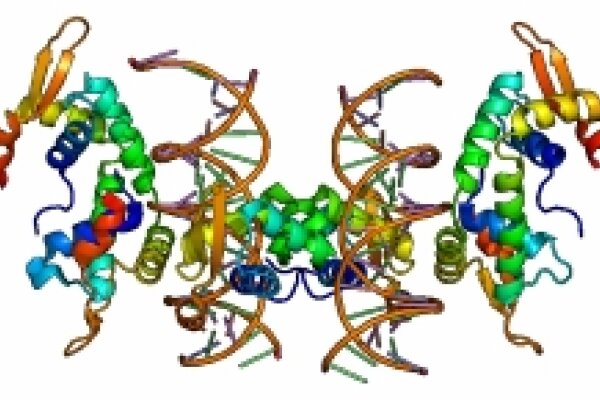2013-09-22

Left-hemispheric language dominance is a well-known characteristic of the human language system, but the molecular mechanisms underlying this crucial feature of vocal communication are still far from being understood. In the present study, a team of scientist from the Department of Human Genetics and the Institute of Cognitive Neuroscience investigated effects of genetic variation in FOXP2 on individual language dominance. Two FOXP2 SNPs (rs2396753 and rs12533005) were found to be significantly associated with language lateralization. These results show that variation in FOXP2 may contribute to the inter-individual variability in hemispheric asymmetries for speech perception and thus provide an interesting insight into the molecular determinants of the asymmetric brain.

Left-hemispheric language dominance is a well-known characteristic of the human language system, but the molecular mechanisms underlying this crucial feature of vocal communication are still far from being understood. In the present study, a team of scientist from the Department of Human Genetics and the Institute of Cognitive Neuroscience investigated effects of genetic variation in FOXP2 on individual language dominance. Two FOXP2 SNPs (rs2396753 and rs12533005) were found to be significantly associated with language lateralization. These results show that variation in FOXP2 may contribute to the inter-individual variability in hemispheric asymmetries for speech perception and thus provide an interesting insight into the molecular determinants of the asymmetric brain.